2025.05.20
 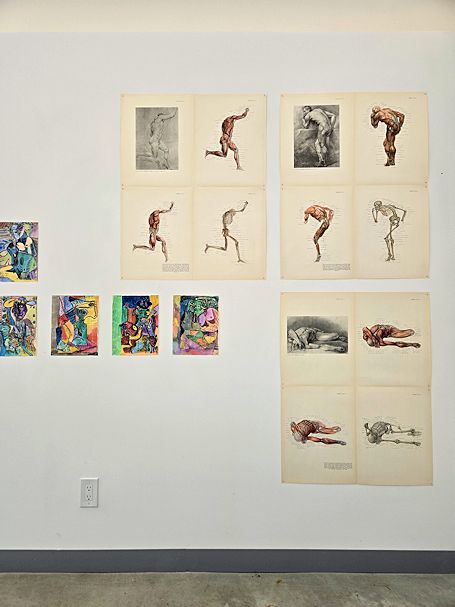
451 Rhawn Gallery...13:21:31 13:21:49
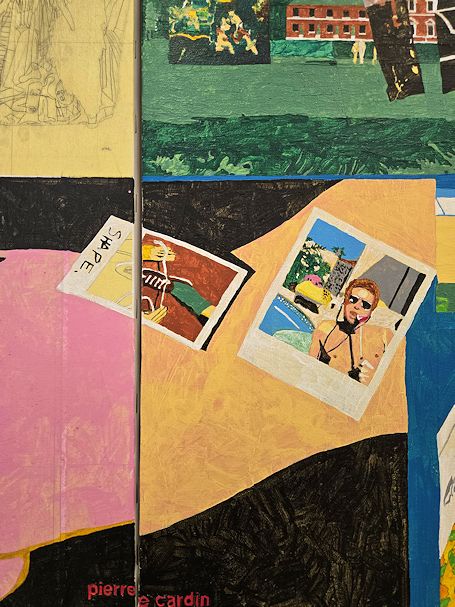  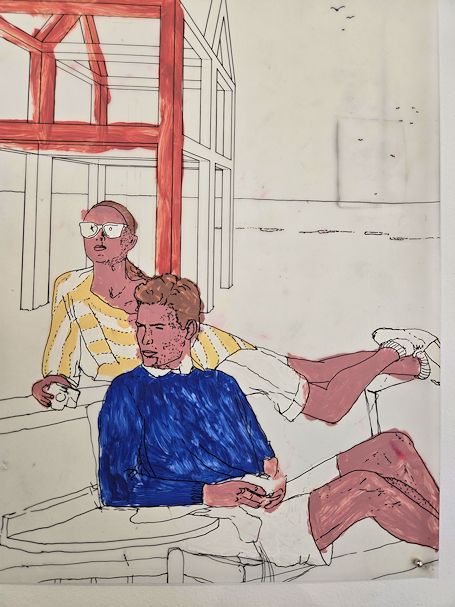 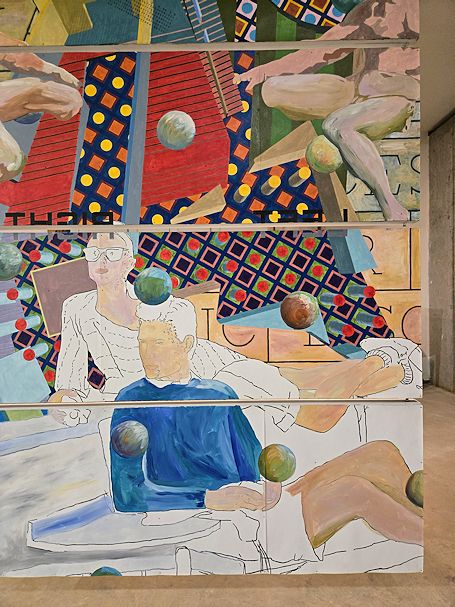 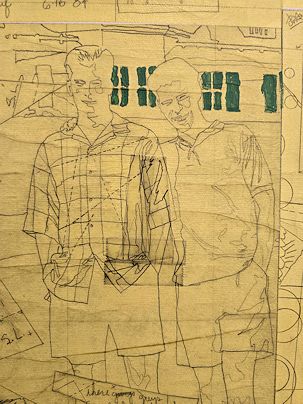 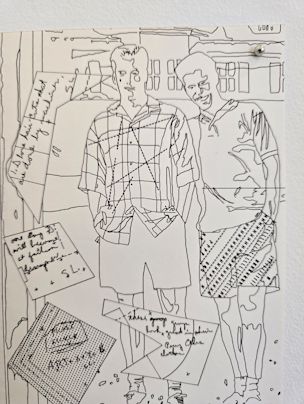  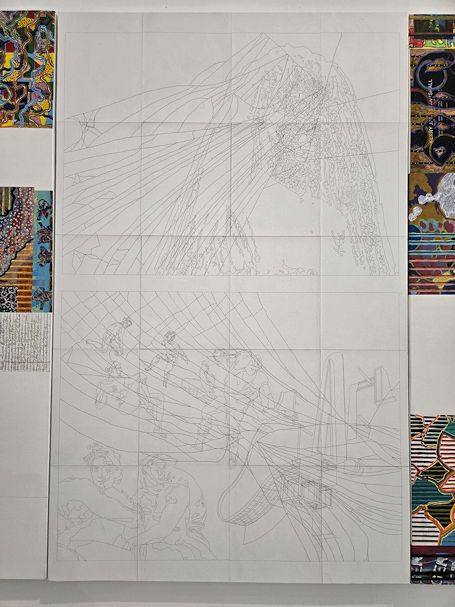  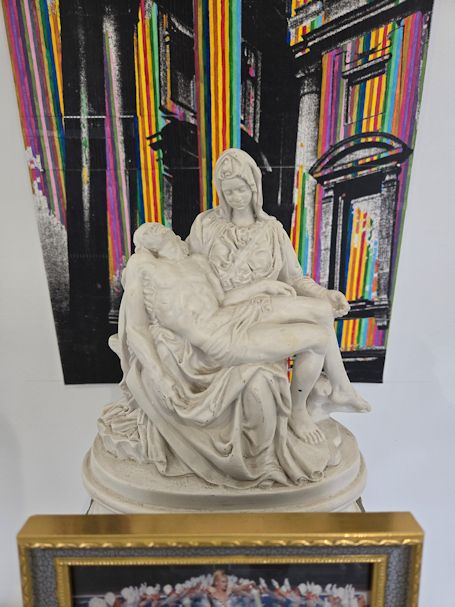 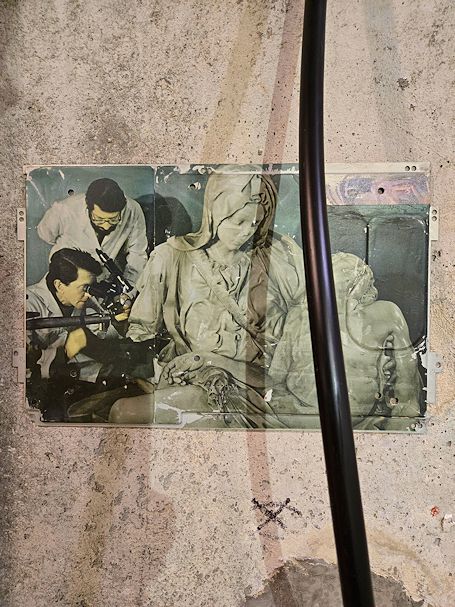 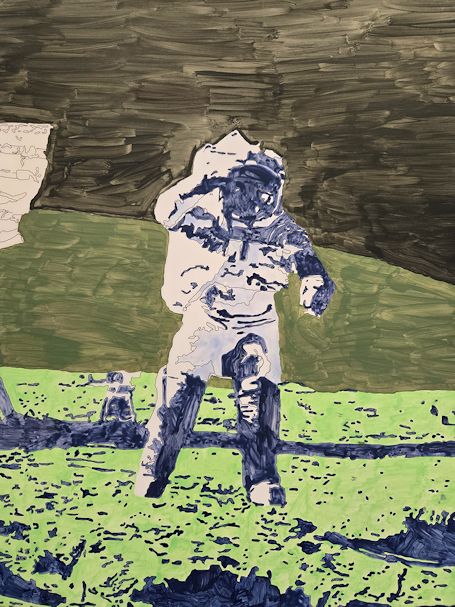 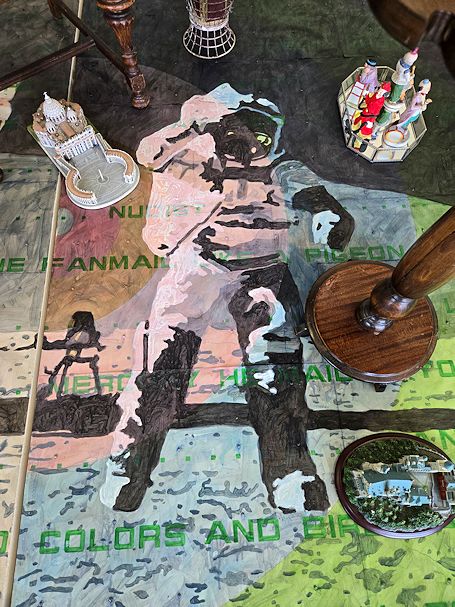
recurring themes, recurring dreams . . . same difference?
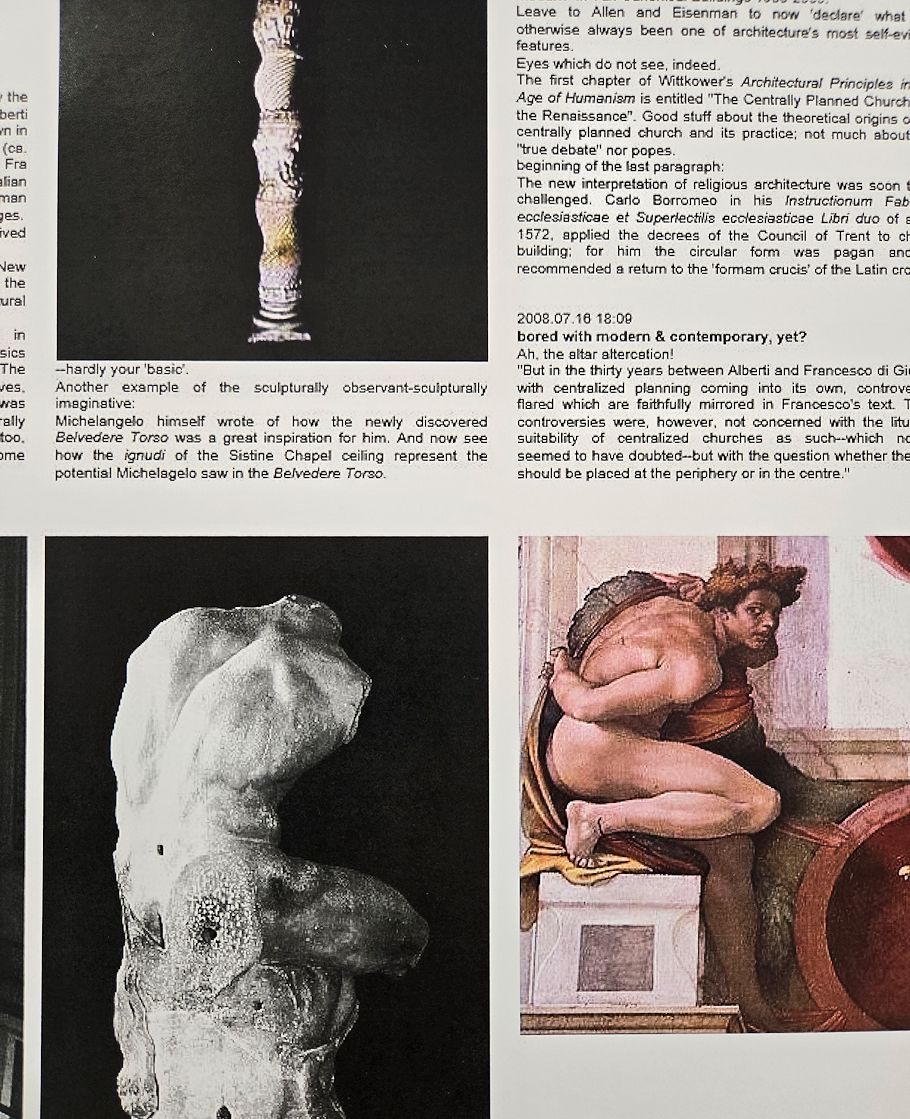
ignudi duty
2024.05.20
   
Unpacking Lauf's Forbidden Cremaster Collection The first chapter is now over and a new chapter is soon to begin (thanks to ephemera galore).

The fun has already begun. The title of this new chapter is Collage Restraint.
2023.05.20
From The Discovery of Piranesi's Final Project:
20 May 2023 Saturday
Reading about precious artifacts being returned, albeit conditionally, to the Russian Orthodox Church reminded me of Constantine's use of Christianity to further secure his military efforts to re-unite the empire under himself. First, rather than persecute Christians, he welcomed them into his army, and second, on 27 October/28 October 312 before going into battle against Maxentius outside Rome, Constantine tells his soldiers to paint the sign of Christ on their shields because that's what the Christian god told him to do in a dream just before he woke up. Luckily for Constantine, the hoax worked.
2008.05.20
The Official Paradigm Shift thread
Seven Typical Plans of Ambiguity or Plan Atypical
The first typical plan of ambiguity arises when a detail is effective in several ways at once.
In the second typical plan of ambiguity two or more alternative meanings are fully resolved into one.
The condition for the third typical plan of ambiguity is that two apparently unconnected meanings are given simultaneously.
In the fourth typical plan of ambiguity the alternative meanings combine to make clear a complicated mind in the architect.
The fifth typical plan of ambiguity is a fortunate confusion...
In the sixth typical plan of ambiguity what is designed is contradictory or irrelevant and the user is forced to invent interpretations.
The seventh typical plan of ambiguity is that full of contradiction, marking a division in the architect's mind.
5, 6 and 7 are my favorites.
2005.05.20
hotrod architecture
Along with performance, the notion of 'extreme', taking something to an extreme, seems to be necessary to the concept of hotrodding as well.
[The] example of the 'sleeper' is especially provocative architecturally in that two extremes are present in the 'design'--the super engine inside and the "rusting, paint peeling off everywhere a thin crack line runs across the windshield etc. etc." facade.
Suddenly I want to design architecture along the lines of looking like a dilapidated shack on the outside yet like the Hall of Mirrors a la Versailles on the inside.
Wait a minute. Ludwig II as hotrod sleeper architecture client! Who knew?
|